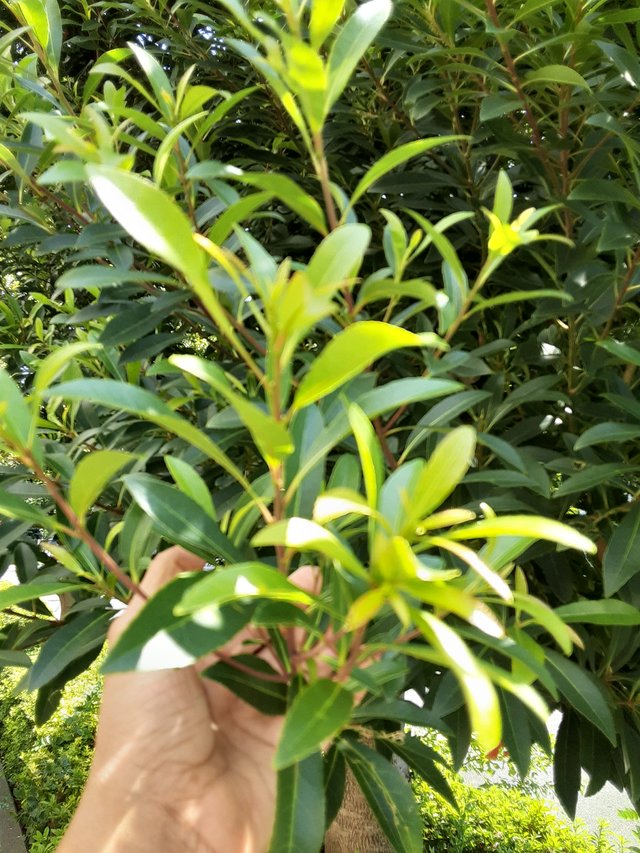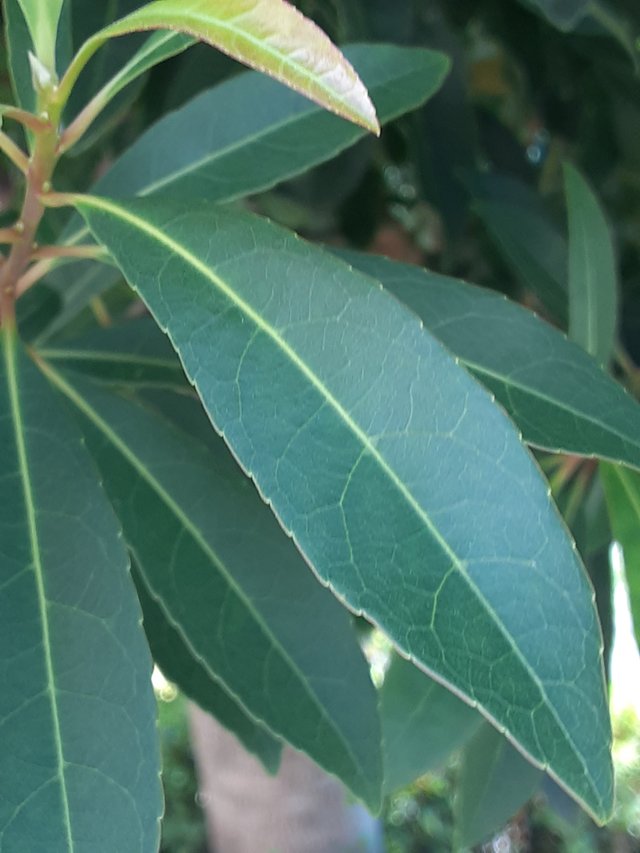
Elaeocarpus sylvestris, commonly known as the Woodland Elaeocarpus or Japanese Blueberry, is a captivating evergreen tree native to East Asia, including China, Japan, Korea, Taiwan, and Vietnam. Renowned for its striking appearance and cultural significance, this species has long been admired for its ornamental value and practical uses.
One of the most distinctive features of E. sylvestris is its lush foliage. The leaves are simple, glossy, and a rich mid-green color. They are typically obovate or oblanceolate in shape, with prominent secondary veins that create a network-like pattern on both surfaces. The margins of the leaves are crenate, or scalloped, adding to their intricate beauty. The petioles, or leaf stalks, are short and often pubescent when young.
These evergreen leaves provide a constant source of visual interest throughout the year. In addition to their aesthetic appeal, they also play a vital role in the tree's overall health and function. Leaves are responsible for photosynthesis, the process by which plants convert sunlight into energy. They also help to regulate the tree's water balance and protect it from harmful environmental factors.

Beyond their ornamental value, E. sylvestris leaves have practical applications as well. The leaves can be used to create natural dyes, and the tree's wood is sometimes employed in woodworking projects. Moreover, the fruit of the tree, which resembles small blueberries, is edible and can be consumed fresh or processed into jams and jellies.
In conclusion, Elaeocarpus sylvestris is a beautiful and versatile tree that offers a wealth of benefits. Its striking leaves, combined with its edible fruit and potential for practical applications, make it a valuable addition to gardens and landscapes.
Ref.:
 |  |
Upvoted! Thank you for supporting witness @jswit.
Downvoting a post can decrease pending rewards and make it less visible. Common reasons:
Submit